Nintendo‘s self-imposed deadline to announce the Switch 2 is rapidly approaching. The company has stated that we’ll have definitive news on the Switch successor by the end of the current fiscal year, which is now just two months away. It’s been nearly eight years since the Switch launched, and that’s about as long as console generations last. We’re going to see the Switch 2 soon, and likely be playing on it a few months after that.
The Switch Was Set Up For Success
This has me reminiscing about the launch of the original Switch, a console that hit the market at an unique time in my life. It was the year after I graduated college, and I was getting back into video games after a few years away. I was living with friends from high school and had my first big boy job, working as a reporter for my hometown’s newspaper.
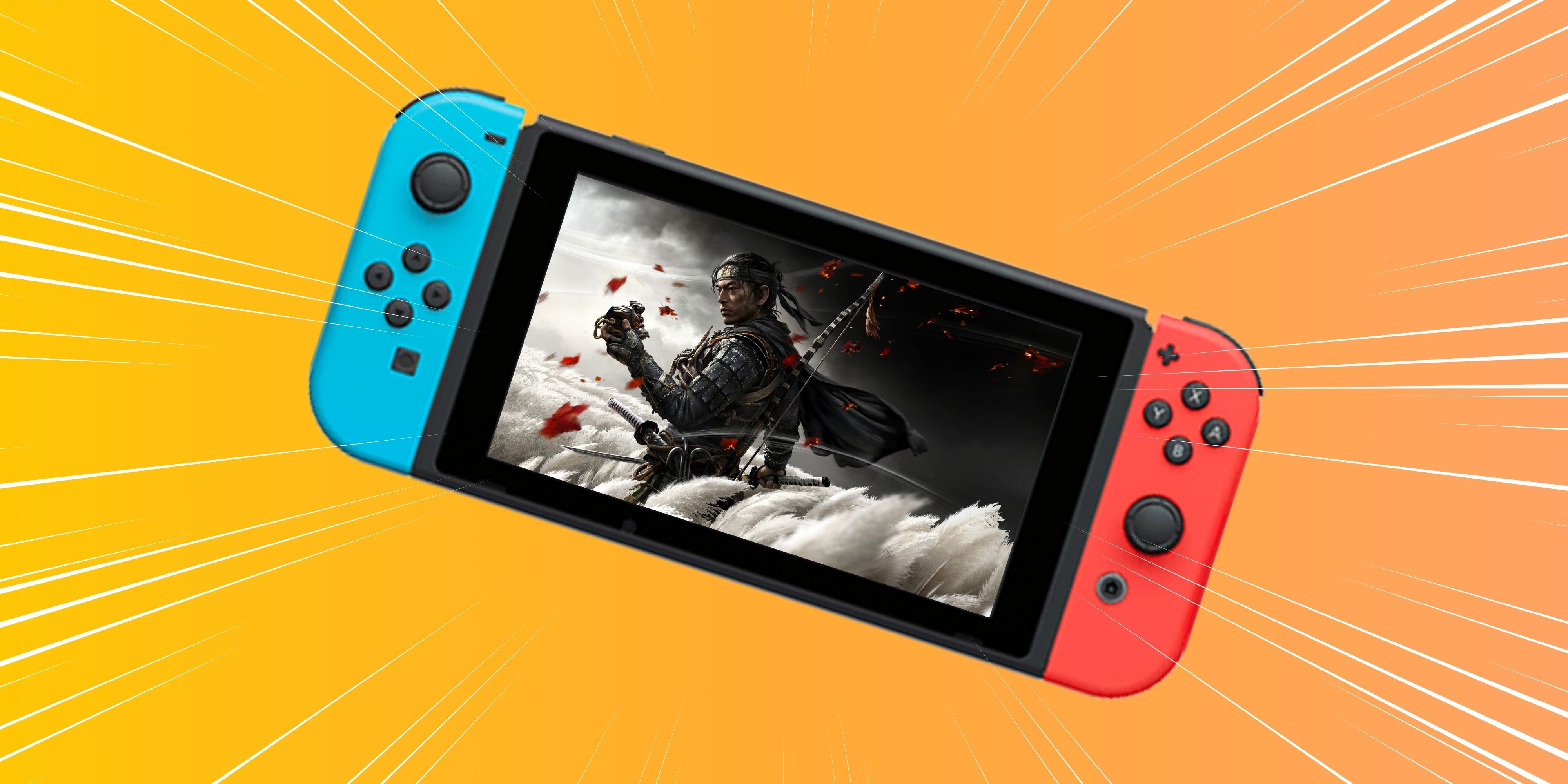
Related
The Switch 2 Should Not Rely On Ports
The biggest games on the Switch won’t be games we’ve already played.
Both of those facts — my living situation and my work — made the Switch an important console for me. Living with friends meant that I didn’t always have control of the TV, so being able to play the Switch handheld was a fantastic feature. I was frequently on the road for work, driving around the county to attend sporting events, and the Switch was a much-needed companion through half-times and day-long tournaments.
As was my phone: I used those long hours in the stands to work my way through Chrono Trigger for the first time via the iPhone version.
The Switch was a revelation because it was following on the heels of the failure of the Wii U, and it was able to capitalize on that. The Wii U introduced the Switch’s hybridized approach, but failed because it didn’t take it far enough. Like the Switch, the Wii U allowed you to play on the TV or in handheld. Whereas the Switch console is the handheld, the Wii U was more complicated, with both a box that plugged into the TV and a tablet controller for portable play. That unfortunately meant you could only play portably if you were within range of the console. The Switch was able to streamline its way to success.
Nintendo Only Gets To Follow The Wii U Once
The Wii U’s low sales also allowed Nintendo to raid its catalogue for much of the Switch’s life cycle. Switch hits like Mario Kart 8 Deluxe and Super Mario 3D World + Bowser’s Fury were originally Wii U games that got expanded re-releases, and the Switch’s library got steady infusions of life from Wii U games that, thanks to the console’s failure, were completely new to Switch users.
Additionally, during the Wii U’s life, Nintendo was producing games for both home consoles and handheld. When the Switch hit, Nintendo consolidated to one platform. That won’t change with the Switch 2, but there’s no extra reserve of developers waiting in the wings in the way there was as the Switch got underway.
Ironically, the Switch’s success is a bit of a liability for the Switch 2. The Switch had a fantastic, fresh idea, and that new way to play made it — like the DS and Wii before it — a novel, must-have item. Until then, handhelds had always lagged behind home consoles. The GBA was essentially a portable SNES, the DS was a portable N64. With the Switch, Nintendo brought parity, and much of the thrill of owning one in those early years came from playing new console games on the go. If the Switch 2 continues where the Switch left off, it won’t have anything quite that fresh to offer.
The Switch 2 will likely be a success because the Switch is a success, and the console probably won’t reinvent the wheel. But I have a hard time seeing a system that merely continues what its predecessor did well being able to achieve the same success as that innovative predecessor.
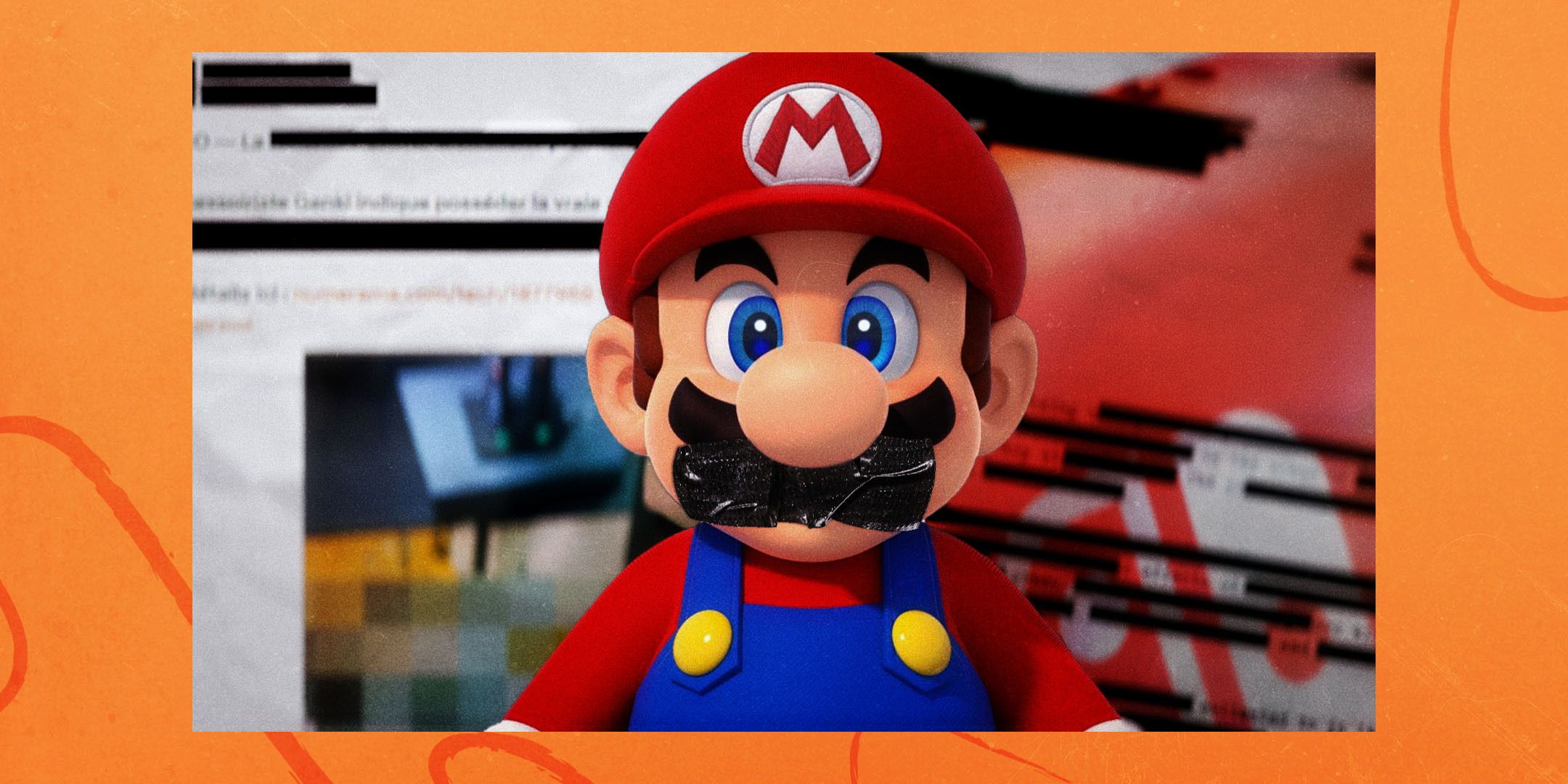
Next
What On Earth Is Going On With The Nintendo Switch 2
The upcoming console has been revealed at CES 2025 before Nintendo had a chance to.
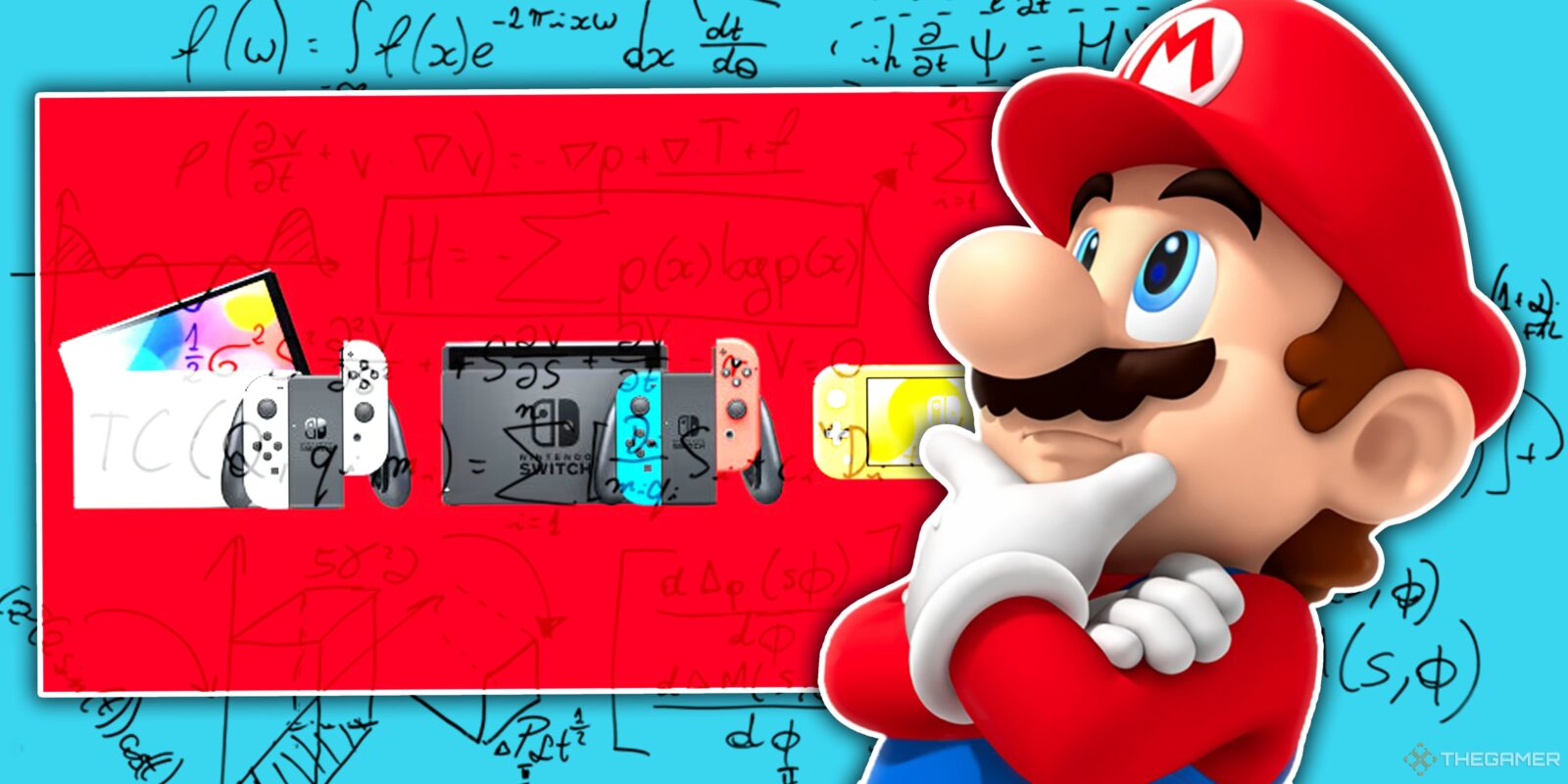
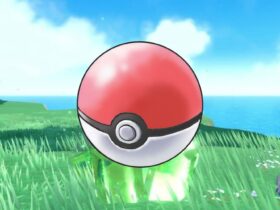
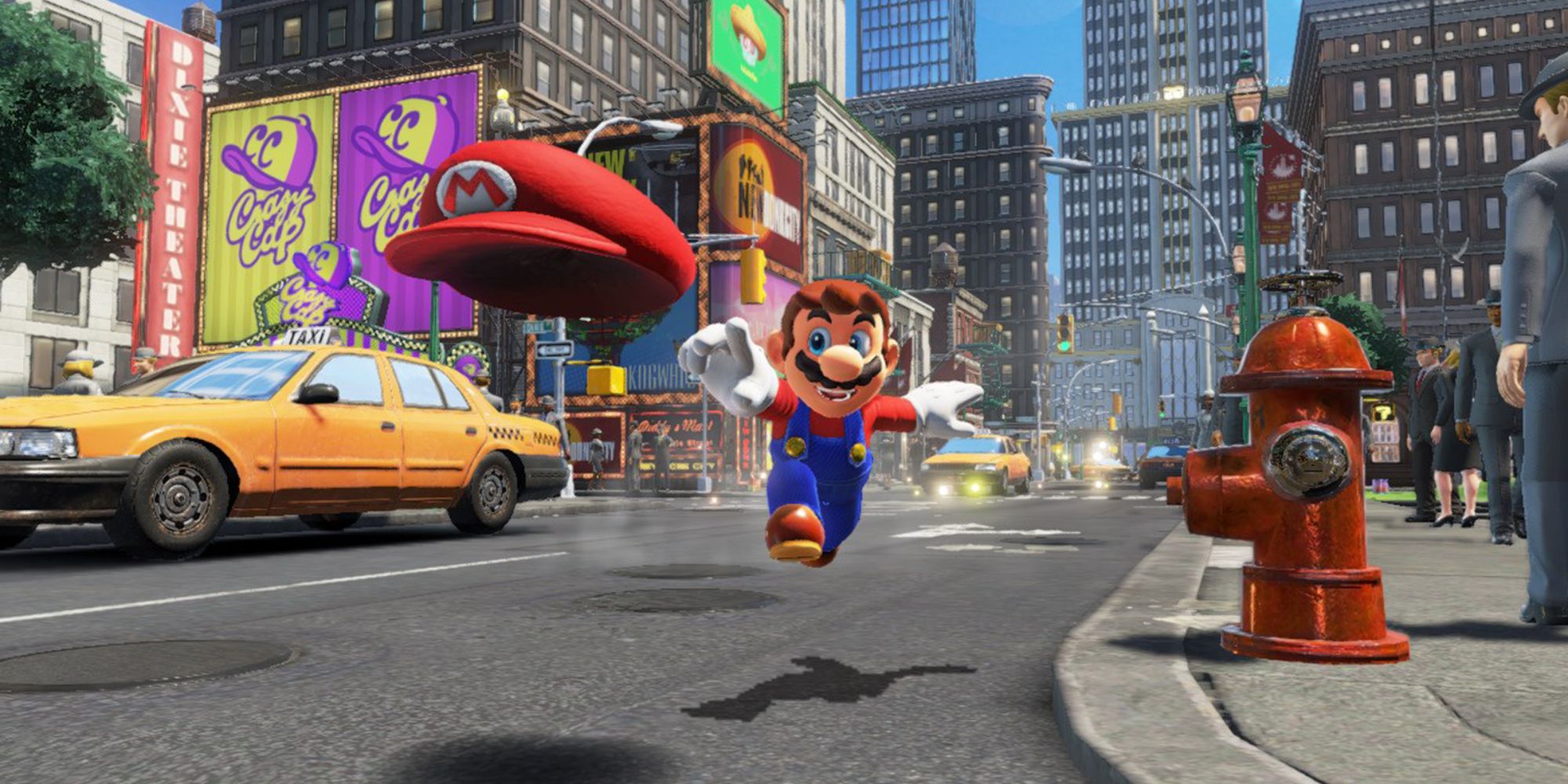

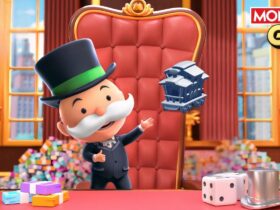

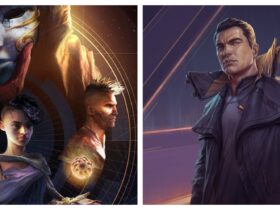
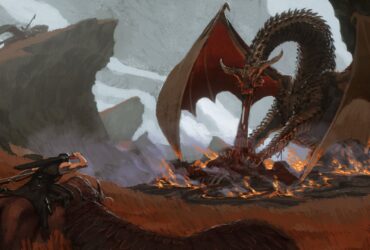
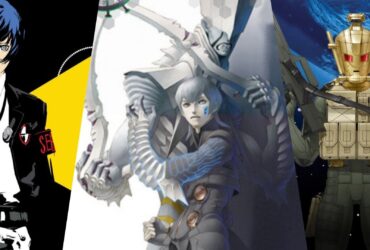

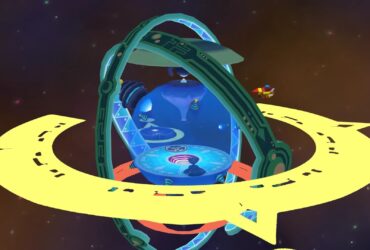
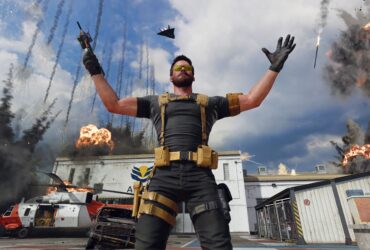
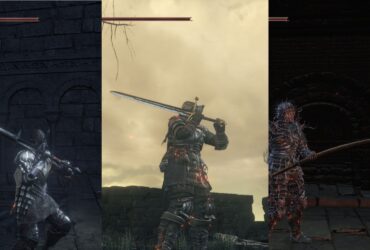
Leave a Reply